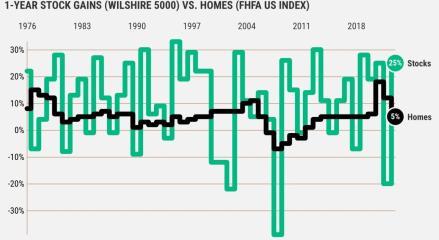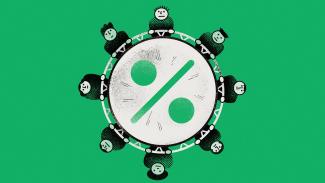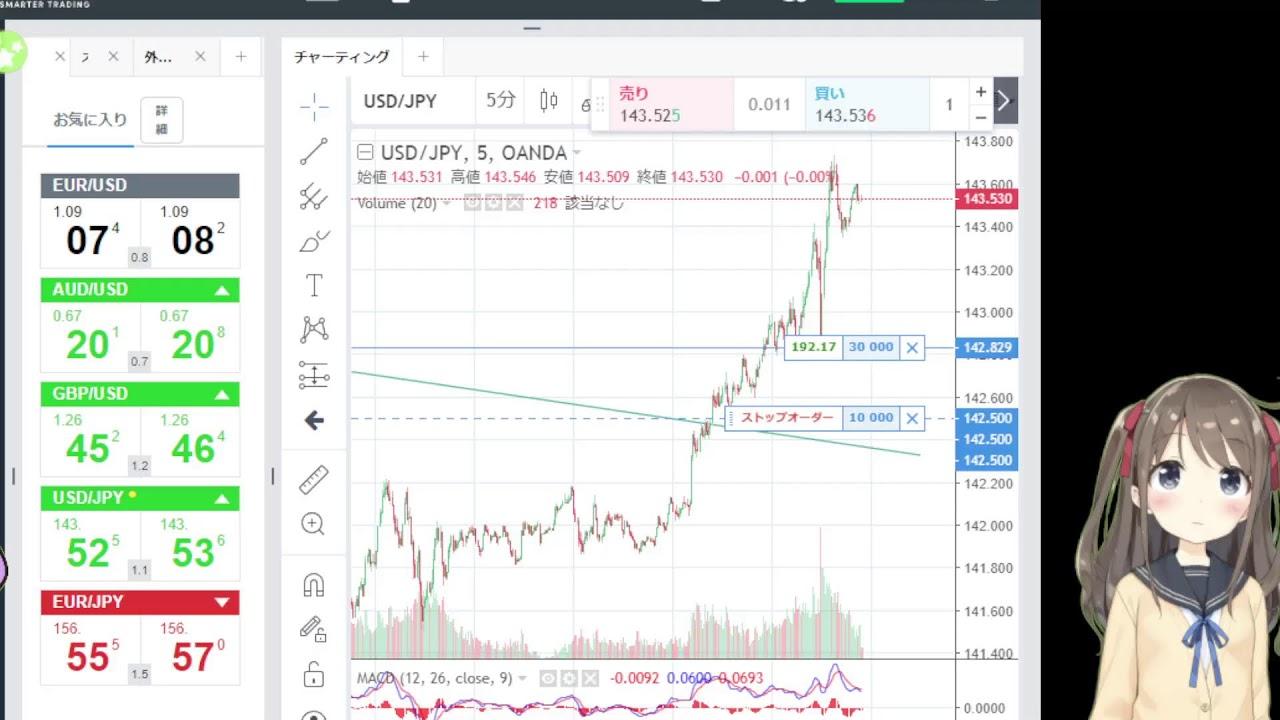Scenario:
Suppose you are a forex trader looking to execute a trade on the EUR/USD currency pair.
Fixed Spread:
- Broker A offers a fixed spread of 2 pips on EUR/USD.
- Bid Price: 1.2000
- Ask Price: 1.2002
- Fixed Spread: 2 pips
- Trade Execution:
- You decide to buy (go long) on EUR/USD at the ask price of 1.2002.
- The fixed spread of 2 pips remains constant.
- Transaction Cost Calculation:
- The transaction cost for this trade is 2 pips, as per the fixed spread.
- If you trade a standard lot (100,000 units), the cost in terms of the base currency (EUR) would be 100,000 * 0.0002 (2 pips) = 20 EUR.
Floating Spread:
- Broker B offers a floating spread on EUR/USD.
- Bid Price: 1.2005
- Ask Price: 1.2007
- Current Spread: 2 pips (ask price minus bid price)
- Trade Execution:
- You decide to buy (go long) on EUR/USD at the ask price of 1.2007.
- The spread is currently 2 pips, but it may change based on market conditions.
- Transaction Cost Calculation:
- The transaction cost for this trade is 2 pips, as per the current spread.
- If you trade a standard lot (100,000 units), the cost in terms of the base currency (EUR) would be 100,000 * 0.0002 (2 pips) = 20 EUR.
Comparison:
- In the fixed spread scenario, the spread remains constant at 2 pips, providing predictability in transaction costs.
- In the floating spread scenario, the spread is currently 2 pips, but it could change in response to market conditions.
Considerations:
- Traders who prioritize certainty in transaction costs might prefer the fixed spread, especially during periods of high volatility.
- Traders who are comfortable with potential variations in spreads and may benefit from narrower spreads during calmer market conditions might opt for the floating spread.
In summary, the choice between fixed and floating spreads depends on the trader's preferences and the specific market conditions they anticipate. It's essential to consider both options and understand how they may impact overall trading costs.















